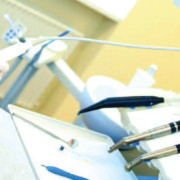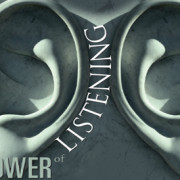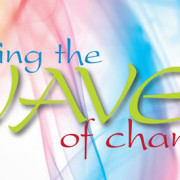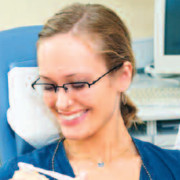Teamwork Makes the Dream Work Pt.I
In seminars & workshops when I talk about teamwork I see many people nodding their heads but often in a desperate sort of way. They seem to grasp the concepts in theory while simultaneously surrendering to the impossibility of actually making it happen in their own workplace. It is my observation that the ultimate key to success in dentistry, before clinical skills, before finance, before technology, before strategy is our ability to come together as a team. Although core levels of these other competencies are important it is our level of teamwork that remains the ultimate competitive advantage in business. In the words of the great business leader; John C. Maxwell… “You don’t grow a business, you grow the people within a business then together you can take your business anywhere”.
So what is this seemingly mystical and elusive concept of Teamwork really all about? Is it really possible, or is it “pie in the sky” dreaming. We hear the term used so often and so loosely today that it loses its full meaning. When I ask staff members to define “Teamwork” it usually brings about responses like “working together” “helping each other” and “supporting each other”. But do these behaviours really turn a group of people into a high performing team that achieves collective results? Real teamwork involves something deeper than merely covering a co-workers position while they are temporarily busy doing something else.
The most effective teams generally seem to have one thing in common that sets them apart from their competitors. They have a common vision. A vision that each employee passionately strives to fulfill each day through their unique role in the practice. Each member of
the team is operating with the same compelling purpose that drives all of their daily activities and decisions. Without a clear vision our work functions lose their meaning and our role can become reduced to a series of meaningless boring tasks that serves no purpose beyond the task itself… scheduling appointments / filling teeth / cleaning teeth / turning over the treatment room / sterilizing instruments / collecting the money…It is this operational level of consciousness that robs people of the opportunity to experience meaning and fulfillment in the workplace. It is this operational level of activity that reduces a potentially strong team to a loose collection of people working together.
Having a clear vision is a powerful form of self-development. It is the main thing that keeps a person from becoming bored and burning out. We all have many needs in life; the need for variety, the need for significance, the need for connection, but ultimately we must grow, and we must contribute in a meaningful way in order to feel fulfilled. In the dental office we must have a sense of purpose for what we do opposed to simply working as individuals who are only striving to improve their job performance.
The following are some practical steps to creating a powerful vision in the workplace:
- All team members take 30 minutes in a quiet place to write down in detail the role they feel your practice serves in society…not their job function in the practice.
- Schedule a full team meeting.
- Each member of the team presents their list to the group.
- Enter into a group discussion and consolidate each team members ideas into one comprehensive master list.
- Now as a group you must begin to dream… begin a roundtable discussion on what you would like to create over the next 12 months to two years in your business. How do you want grow, how do you want to be different from the practice down the street… unique dentistry, décor, customer service, technology, etc…
- Schedule a follow-up meeting one week later… over the next couple of days each team member should expand their imagination and make notes as to what they desire to cre- ate in their workplace over the next 12 months – two yrs.
- At the next meeting each team member presents their list to the group.
- Enter into a group discussion and consolidate each team members ideas into one comprehensive master list.
- Now as a group, combine your growth and development desires list with your role in society list and narrow down the text into a short paragraph that accurately depicts who you are, what you do and where you’re headed.
- Frame it… and hang it away from patients view, some- where where your entire team can read it each day. (A vision statement is different from a mission statement. A vision emphasizes your desires for your business growth and development where as a mission focuses more on the value of your service in people’s lives.)
If done well, your vision will also be written in the hearts and minds of your team, influencing their daily decisions and fostering an important sense of commitment and involvement. We all require a higher purpose that unites and binds our collective activities. A vision is more than a nicely framed written statement that hangs in the lunchroom. It enables people to experience a deeper sense of excitement and fulfillment from their chosen career.
Over the last 10 years, dentistry has undergone a major transformation. It is reinventing itself before our very eyes. We no longer have to operate at the level of a repair clinic that focuses mostly on procedures and transactions. Our procedures help people live a better life. We provide happiness. We sell the ability to live comfortably and feel good. Our role in society is truly changing.
As a 21st century team you must begin aligning your focus and communication to more accurately convey these changes to your patients. Then you will no longer be serving people’s teeth but their spirits as well. That’s when the profession of dentistry really gets exciting. That’s when a group of highly skilled individuals can merge their collective activities under the umbrella of one common theme. That’s when our patients will perceive the greatest value from our services.
In Part II (Winter 2006 DPM ) we will explore the core functional requirements of a team and how to use our vision as a catalyst for creative, high involvement, results producing team meetings.
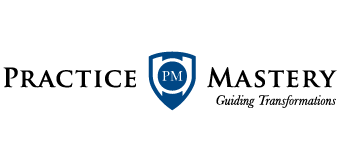
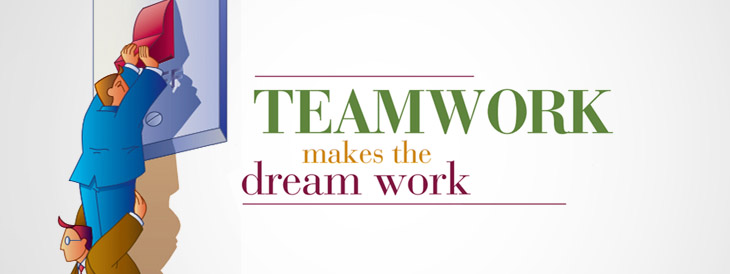
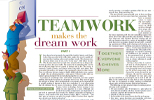 Originally Published in
Originally Published in 